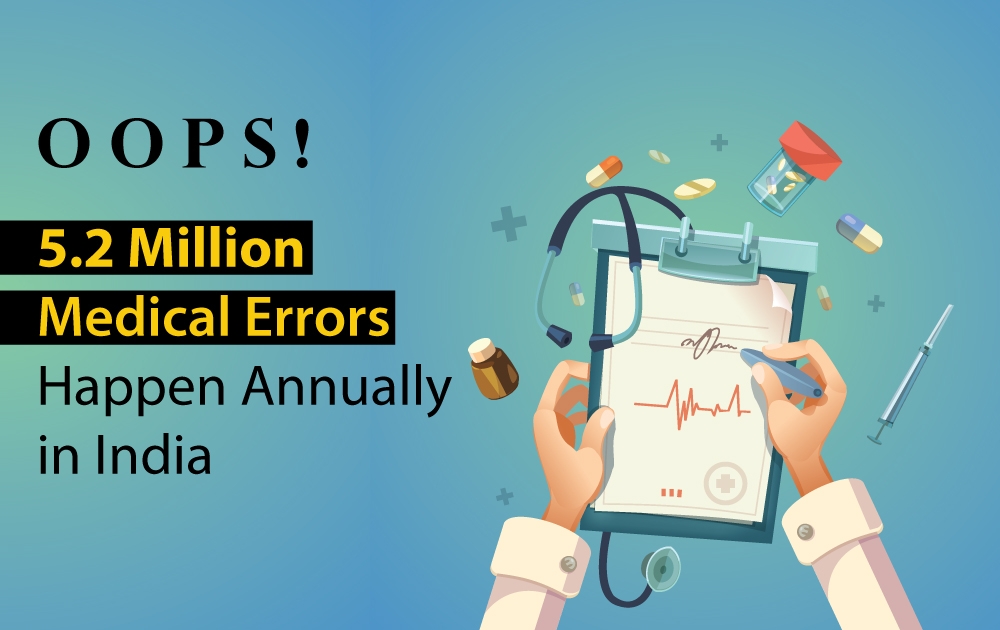The Joint Commission on Accreditation of Healthcare Organizations (JCAHO) and the World Health Organization (WHO) has estimated that medical errors happen in 1 out of 10 patients every year globally but according to Harvard Study conducted by Prof. Jha revealed that 5.2 medical errors happen annually in India and among that, medication and hospital-acquired infection errors are the major ones.
To increase the quality of care, developed countries had already initiated incentive payment model to encourage and reward healthcare providers (hospitals, public health centers, school-based hospitals, and group practices) for delivering high-quality care.
Centre for Medicare and Medicaid Services, United States has developed value-based purchasing program rewarding the healthcare providers who had provided quality care to their patients.
Similarly, in 2017 the Singapore Health Ministry started to focus on the quality of care. Healthcare system in India pays the provider for the quantity of care, not for quality care and has not initiated any policies with regards to the increase in quality of care.
Mr. Bhargav Dasgupta, Managing Director, and CEO of ICICI Lombard in a recent press release about Indian government increasing GDP for healthcare to 2.5 said, it is a good move and this spending can be used to initiate quality programs. To measure the quality of care, the government should implement Quality metric tools in the major areas of medical error namely, reduce medication and hospital-acquired infection.
The quality metric tool will help the Indian Health Ministry to assess whether the provider has delivered high-quality care. For example, to assess whether a hospital has delivered high-quality care in prescribing medication to the patient with upper respiratory tract infection, the provider should report how many patients are being prescribed with proper antibiotics – for how many days.
Suppose the first year if the provider proves that 100 patients were prescribed with proper antibiotics then the number of patients should increase to 10% each year and finally achieve 100% goal in the consecutive year. The government should reward the provider with the incentive for providing evidence of high-quality care. Once two major medical errors have been addressed and controlled, the government can use the same model to all the areas of medical error. Hence, this incentive program will eventually increase the quality of care and decrease the cost of healthcare. This incentive program should be initiated first in government hospitals, profit hospitals, and physician group practice. This will further attract more medical tourist to India due to the high quality of care.

